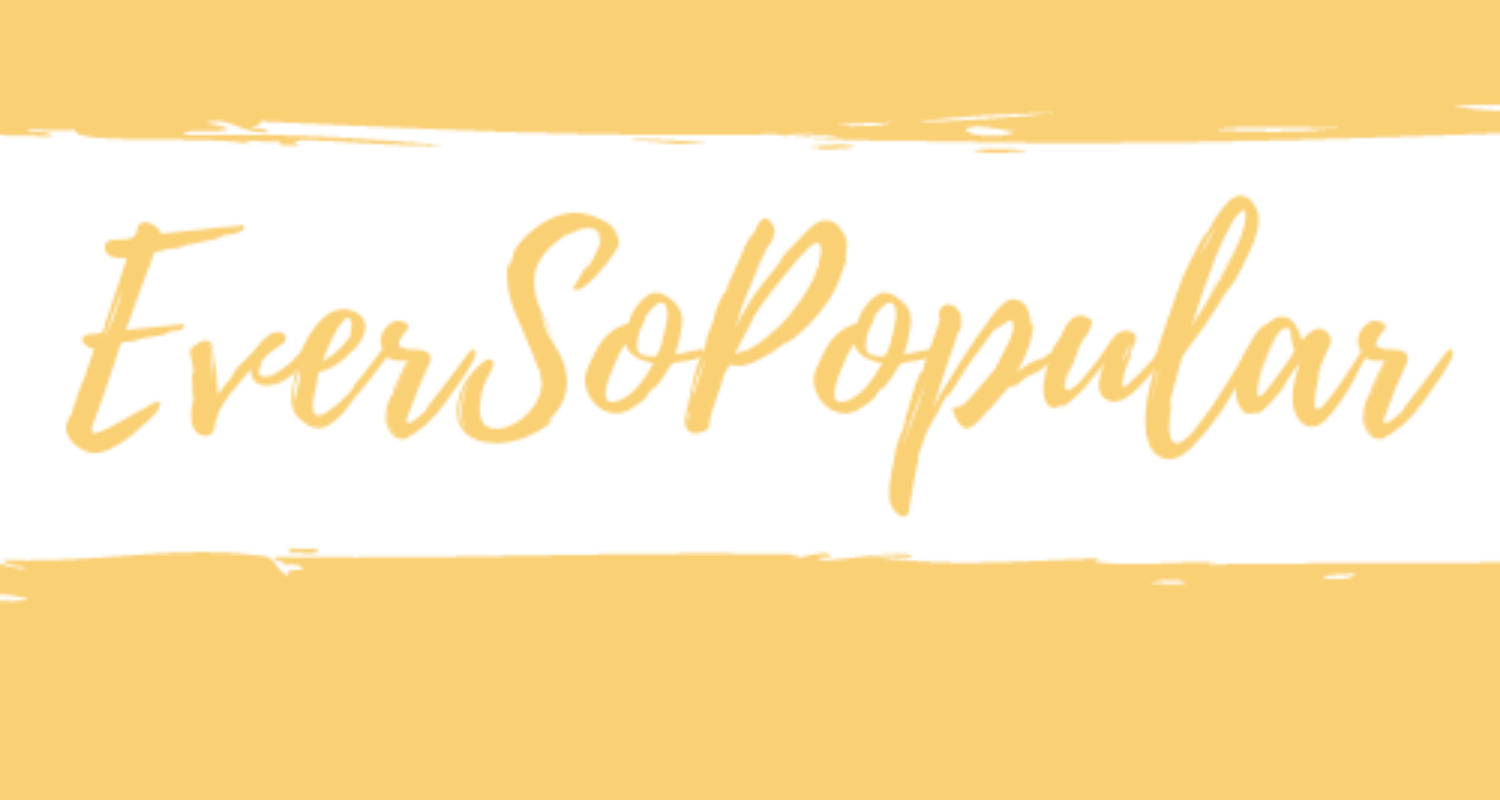The Top 6 Health Rules to Follow If You Wear Contacts
Today, nearly 41 million adults in the U.S. (more than one in ten people) and 125 million people worldwide wear contact lenses.

Contact lenses aren’t just for adults, many children also benefit from wearing contact lenses. In fact, optometrists agree that most children between the ages of 10-12 are mature enough to wear and care for contact lenses, in some cases, children even younger than age 10 are ready for independent contact lens wear.
I have been wearing corrective eyewear since I was 2 years old. I was always active and involved on sports as a child so glasses got in the way for me. I went to my optometrist and discussed other options and I started wearing contacts when I was in 4th grade but not regularly because I wasn’t ready for the responsibility on a daily basis. At the time I was the only one in my class wearing contact lenses. I went back to wearing glasses almost exclusively until high school. I think the right time to wear contacts will be different for every child/young adult. Ultimately, it comes down to personal responsibility.

Contact lens wearers should have comprehensive eye exams annually and stay in close contact with their eye doctor to ensure appropriate and up-to-date clinical guidance based on individual eye health needs.
Speaking of health, clean and safe handling of contacts is one of the most important measures to take to protect vision. When patients do not use lenses as directed by an eye doctor, the consequences can be dangerous and can even damage the eyes, potentially causing long-term problems with vision and eye health.
According to the American Optometric Association’s 2015 American Eye-Q® Survey, more than half (59 percent) of Americans wear disposable contact lenses longer than the suggested duration. This bad habit can cause permanent eye damage from bacterial infections and oxygen deprivation.
Cleaning and rinsing lenses with proper solutions is important to remove mucus, secretions, films or deposits that can build up during wearing and lead to bacterial growth if not removed properly. Sadly, 31 percent of consumers admit to using rewetting drops, and 16 percent use tap water to clean contact lenses instead of a multi-purpose solution.

A recent study from the Centers for Disease Control and Prevention (CDC) found nearly one-third of contact lens wearers report going to the doctor for red or painful eyes related to wearing contact lenses. The AOA recommends contact lens wearers maintain a consistent hygiene routine, including:
- Washing and drying hands before handling contact lenses;
- Carefully and regularly using cleaning solution to rub the lenses with fingers and rinsing thoroughly before soaking lenses overnight in a sufficient multi-purpose disinfectant solution;
- Storing lenses in the proper lens storage case and replacing your case every three months; in addition cases should be rubbed with clean fingers, rinsed with solution, dried with a tissue, and stored upside down every night;
- Using fresh solution to clean and store contact lenses—never re-use old solution;
- Using products recommended by your eye doctor to clean and disinfect your lenses; and
- Removing contact lenses before exposing them to water.
Learn more about healthy contact lens habits by visiting:The American Optometric Association (AOA) site.
I was selected for this opportunity as a member of Clever Girls and the content and opinions expressed here are all my own.
